Navigation for Spectrum
Tapping into the Past: Cook Islands tatau
The practice of tatau in the Cook Islands was all but wiped out by colonisation but many are working to preserve the old ways.
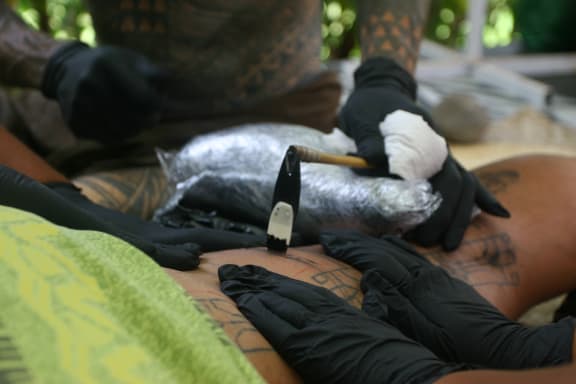

At least two people are needed to stretch the skin tight so the artist can tap the ink patterns into place. Photo RNZ/Daniela Maoate-Cox
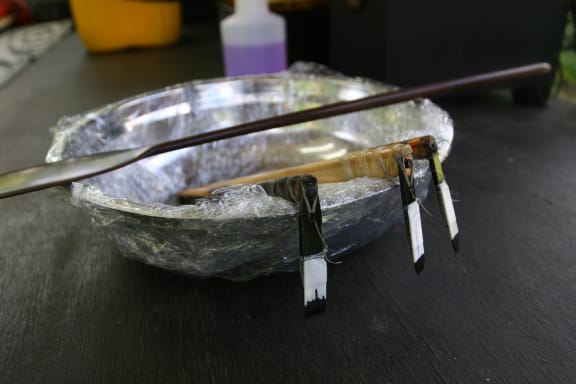

Tatau artists Croc's tools are made and maintained by him using wood, fishing wire, and the tusk of a pig for the head. Photo RNZ/Daniela Maoate-Cox
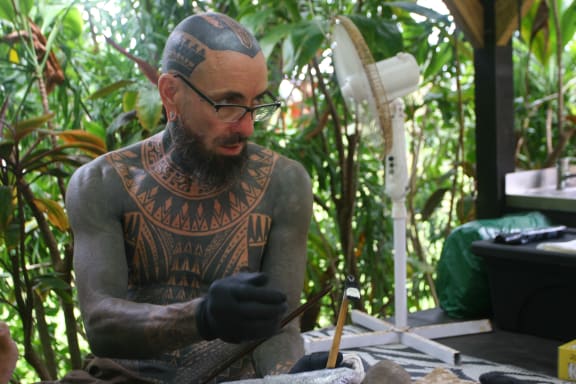

"It’s always stood in my mind and in many cultural ways as something of its own and seen as sacred, something of honour and of mana." Croc shares his thoughts on tatau. Photo RNZ/Daniela Maoate-Cox


Each tatau is marked out with pen for approval by whoever is receiving it before work begins. RNZ/Daniela Maoate-Cox


Croc appreciates people taking the time to learn and watch ta tatau. Here some family members of one of the stretchers watch Thomas Tarurongo Wynne receive tatau. Photo RNZ/Daniela Maoate-Cox
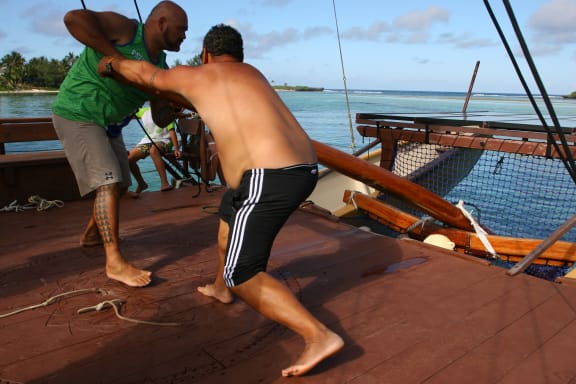

Vaka voyagers and the vaka themselves were instrumental in spreading tatau patterns throughout the Pacific. Thomas Tarurongo Wynne (left) helps steer the vaka out of Avana passage. Photo RNZ/Daniela Maoate-Cox
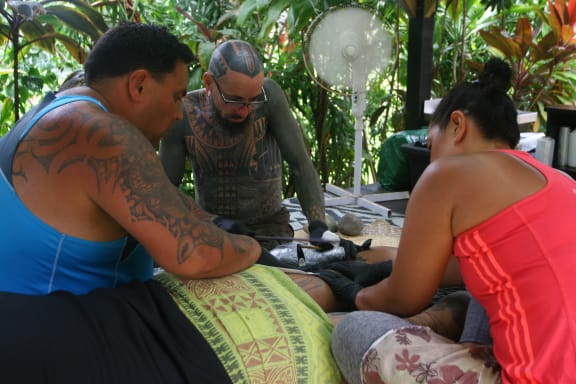

Croc prefers to work outside where it's cooler and built the hut himself. Photo RNZ/Daniela Maoate-Cox
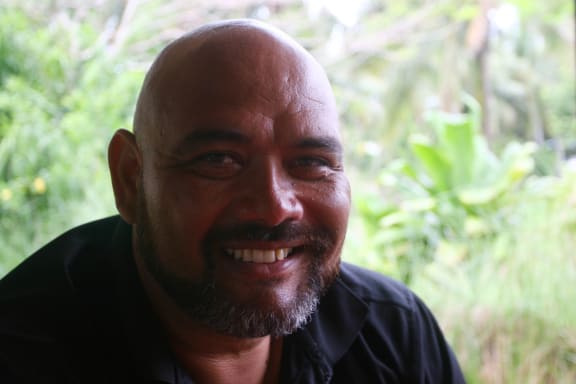

"The thing to understand with colonisation is that it's not something that happened, it's something that is happening." Thomas Tarurongo Wynne. Photo RNZ/Daniela Maoate-Cox


Thomas Wynne is part of the Marumaru Atua voyagers. Here he helps guide the vaka into Avarua Harbour in Rarotonga. Photo RNZ/Daniela Maoate-Cox
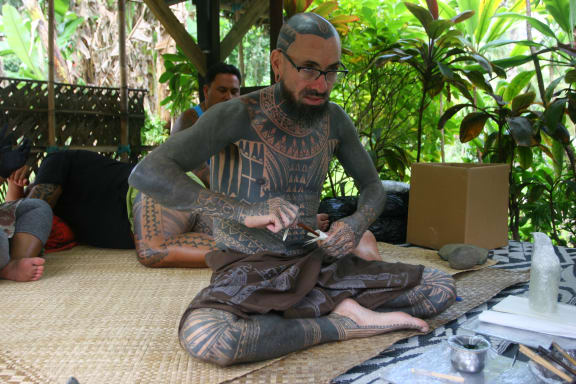

Croc sets up for Thomas Tarurongo Wynne to receive his tatau. Photo RNZ/Daniela Maoate-Cox
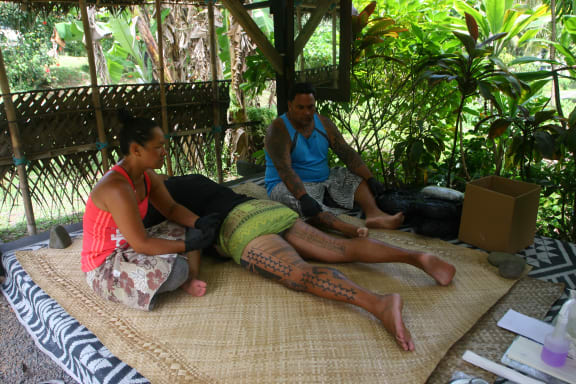

Thomas Tarurongo Wynne and the two stretchers relax before Thomas receives his tatau. RNZ/Daniela Maoate-Cox
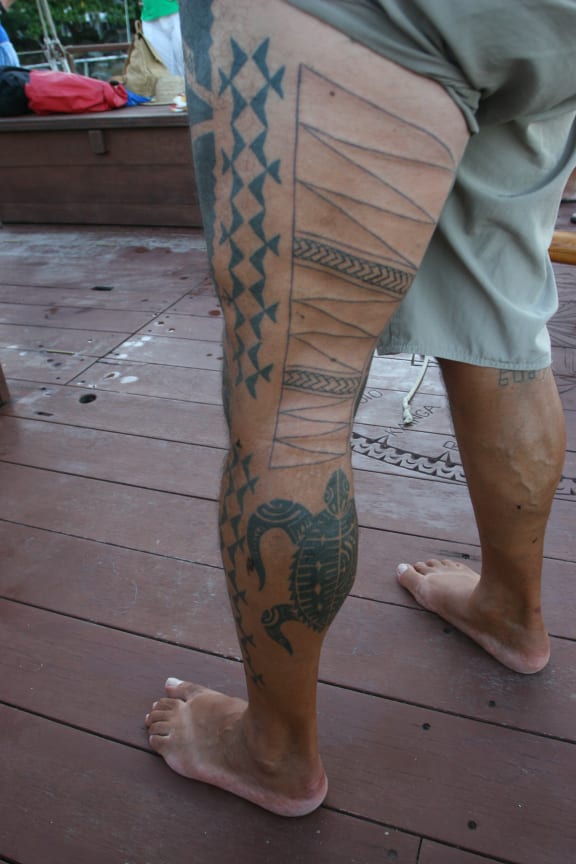

Thomas Tarurongo Wynne shows his tatau on a vaka voyage just a couple of hours after he has had the outline on his left leg completed. RNZ/Daniela Maoate-Cox
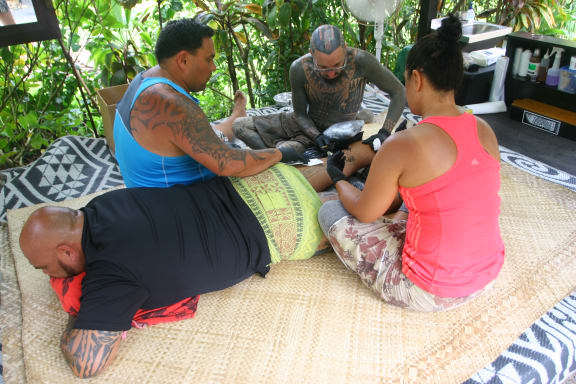

Thomas Tarurongo Wynne says his tatau design has been a work in progress for about three years. Photo RNZ/Daniela Maoate-Cox
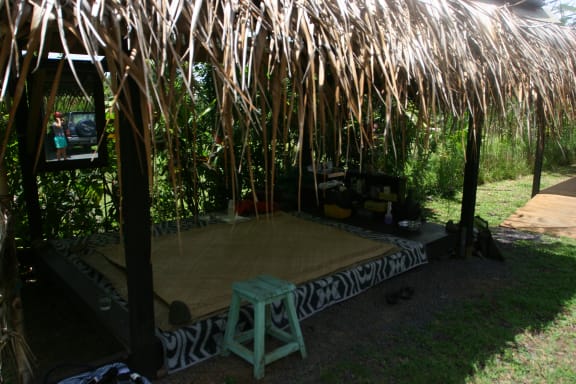

The outdoor studio where Croc does his work. Roosters, goats, and Bob Marley provide a unique background to his work. Photo RNZ/Daniela Maoate-Cox
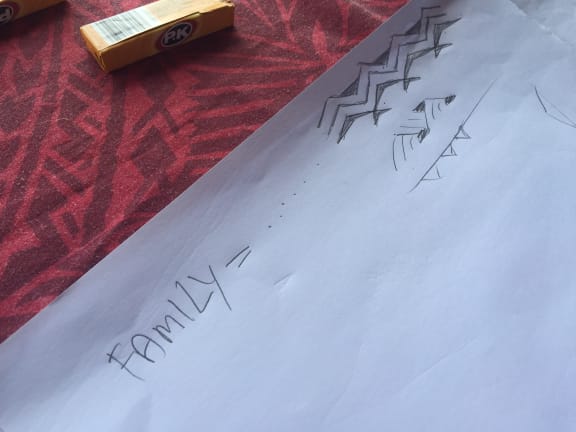

An early concept of my tatau drawn by Croc. Photo RNZ/Daniela Maoate-Cox


My finished tatau. Three manu tai or sea birds, with their wings linked, flying over the moana or ocean, towards the enua or land. A symbol of unity, support and guidance. Photo/Croc Tatau
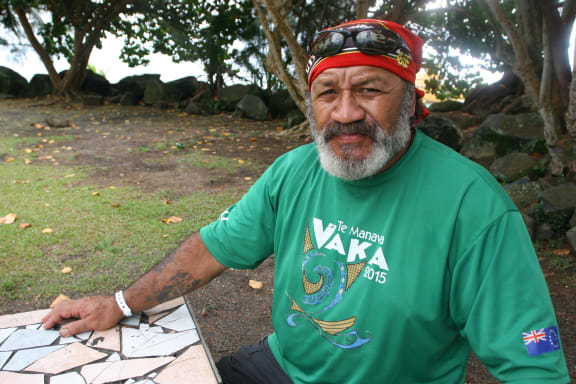

Tetini Pekepo was shut down by family when he first tried to set up a tatau studio in the Cook Islands. Photo RNZ/Daniela Maoate-Cox
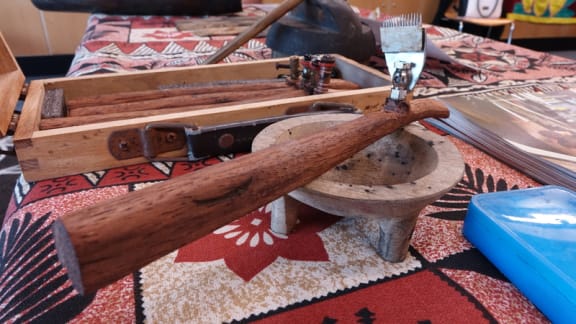

"Tatau represents a time in someone's life" - master tatau artist Tetini Pekepo. Photo RNZ/Koroi Hawkins
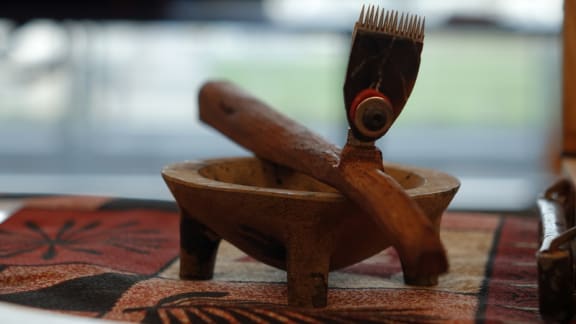

Tatau was once widespread throughout the Cook Islands until the arrival of the missionaries who discouraged the practice. Pictured here are Tetini Pekepo's tools. Photo RNZ/Koroi Hawkins
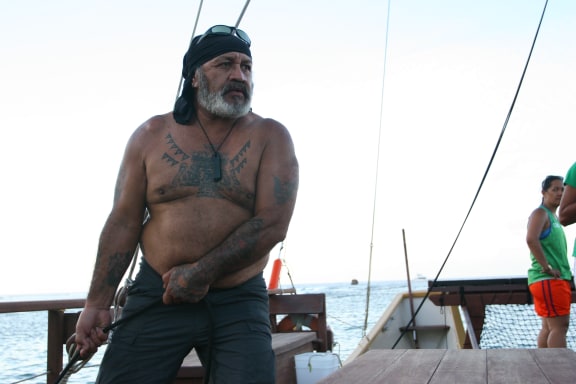

These days Tetini Pekepo is more interested in sailing than practicing tatau. Here he is captaining the Marumaru Atua vaka. Photo RNZ/Daniela Maoate-Cox


Traditional tatau tools used by ta tatau artist Tetini Pekepo. Photo RNZ/Koroi Hawkins


Tetini Pekepo lays out his tools at New Zealand's Te Papa Tongarewa museum in Wellington to show the public how he creates his art. Photo RNZ/Koroi Hawkins
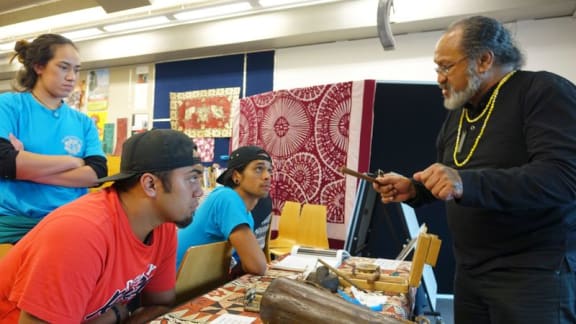

Some eager young men quiz Tetini Pekepo about tatau at Te Papa Tongarewa in Wellington, New Zealand. Photo RNZ/Koroi Hawkins
The images in this gallery are used with permission and are subject to copyright conditions.